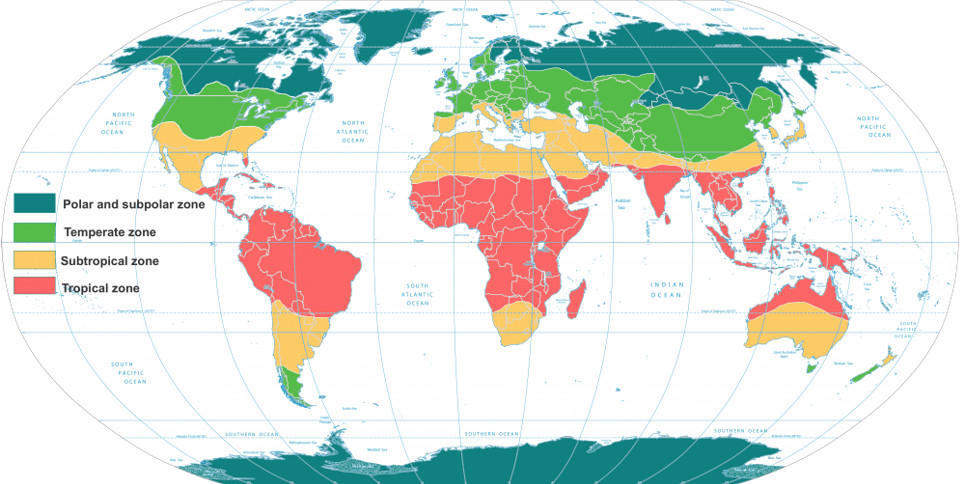Going Beyond Greenwashing

This is not about Kolibri, but some thoughts and assessments about sustainability and greenwashing. And some ideas on why all the statistics show that the situation worsens. From Earth Overshoot Day to Energy Consumption to rising CO2 levels.
Working on Kolibri and benchmarking our cost against easyJet and others, we found our cost too high. One of the typical reasons for the airline one-day-flies, as I call them. Flying one or two seasons before they are pushed out or swallowed by the big shark. Looking for ways to cut cost, and as we thought about a sustainable operation, the extended way of the U.N. Sustainability Development Goals, we developed the business cases for truly sustainable aviation. Focused on fair income for the employees (that we refuse to call “human resources”), housing, food, transport and ground mobility, health… Yes, completely outside the box, but all contributing to the profitability.
 While we now suffer from decades of management misconception that everything must be subordinate to (quick) financial profit and that profits justify the means, we now start to recognize that “sustainability” must be a “shareholder’s value”, as long as “long-term success” (viability). My friends and audience do know I questioned the pure financially focused “shareholder value” for the past 25 years at minimum. And as an economist by “original” profession, I question all those dreamworld models that burn money in the next big hype.
While we now suffer from decades of management misconception that everything must be subordinate to (quick) financial profit and that profits justify the means, we now start to recognize that “sustainability” must be a “shareholder’s value”, as long as “long-term success” (viability). My friends and audience do know I questioned the pure financially focused “shareholder value” for the past 25 years at minimum. And as an economist by “original” profession, I question all those dreamworld models that burn money in the next big hype.
That said, aside our idea on Green SynFuel for aviation, as we though outside the box, what are other ideas I recommend investing in. Admittedly, ideas we plan to reinvest on our own journey to establish what shall become a truly carbon-neutral airline within ten years.
Circular Economy
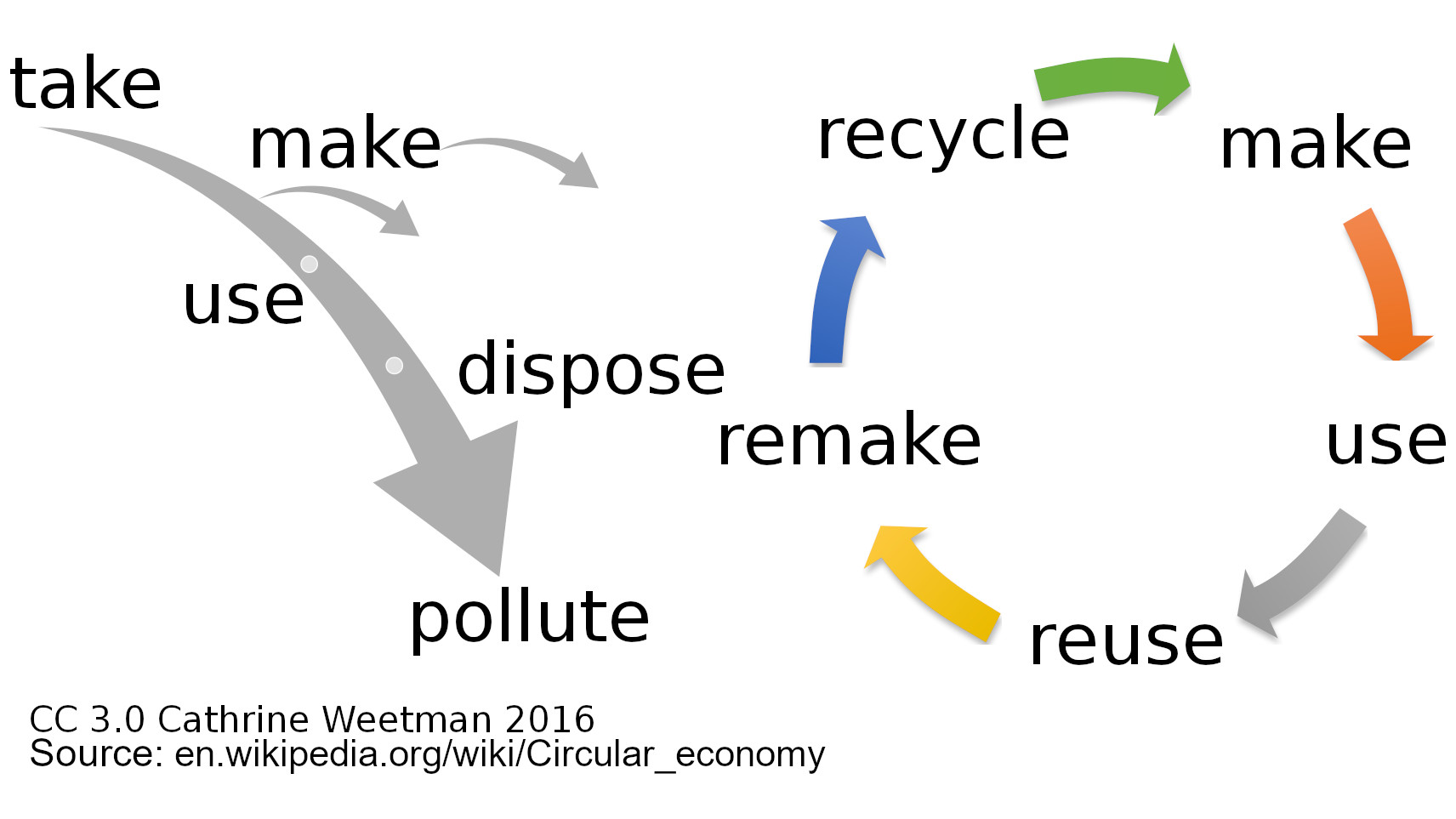 One of the abused topics is Circular Economy, which Wikipedia defines as “a model of production and consumption, which involves reusing, repairing, […] refurbishing and recycling existing materials and products as long as possible.” While I find Wikipedia already distracting from the core of the case, the image they show is quite on the point. Whatever you use, must come from sustainable sources, and after being used must return into a state it can be reused for the same product.
One of the abused topics is Circular Economy, which Wikipedia defines as “a model of production and consumption, which involves reusing, repairing, […] refurbishing and recycling existing materials and products as long as possible.” While I find Wikipedia already distracting from the core of the case, the image they show is quite on the point. Whatever you use, must come from sustainable sources, and after being used must return into a state it can be reused for the same product.
Looking at plastics, 95% of the recycling in reality is downcycling! Or export. Or local landfills. Or incineration. Or – and quite a lot – ending up polluting the oceans and landscapes. But downcycling ain’t circular but add to disposal and pollution!
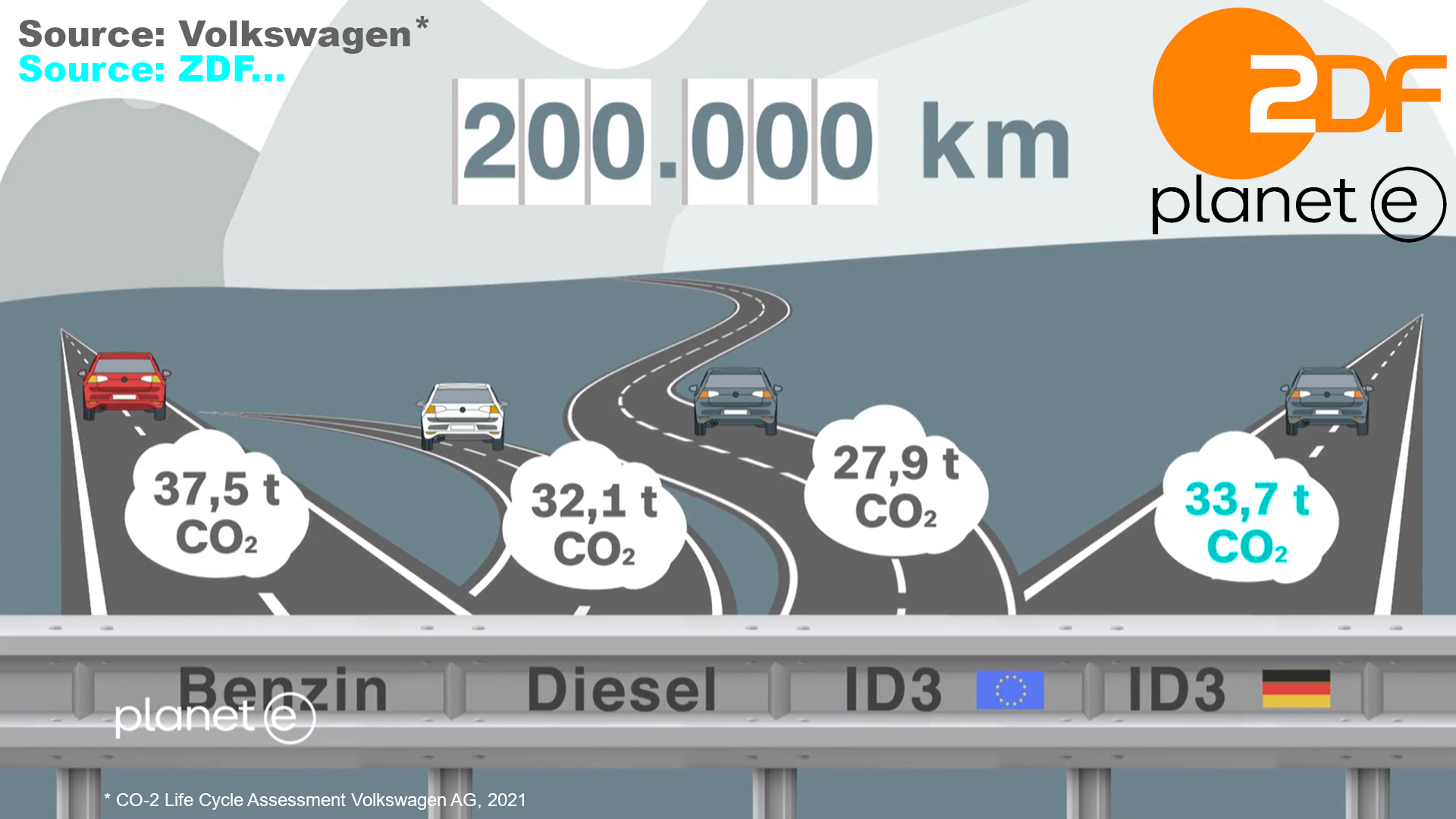 In a discussion group on Circular Economy and the Agenda 2030 organized by U.N., the focus was directed to the LifeCycle Assessment (LCA). In which i.e. Volkswagen came to rather devastating results for their ID3. The life-cycle of one of their ID3 electric “Golf” is not substantially better than the Diesel, worse if you consider the German grid-energy mix and not the more favorable (beautified) European one. It’s considered a direct consequence when United Nations Secretary General António Guterres ahead of COP26 blames: “Far too little, far too late“.
In a discussion group on Circular Economy and the Agenda 2030 organized by U.N., the focus was directed to the LifeCycle Assessment (LCA). In which i.e. Volkswagen came to rather devastating results for their ID3. The life-cycle of one of their ID3 electric “Golf” is not substantially better than the Diesel, worse if you consider the German grid-energy mix and not the more favorable (beautified) European one. It’s considered a direct consequence when United Nations Secretary General António Guterres ahead of COP26 blames: “Far too little, far too late“.
Vertical Farming
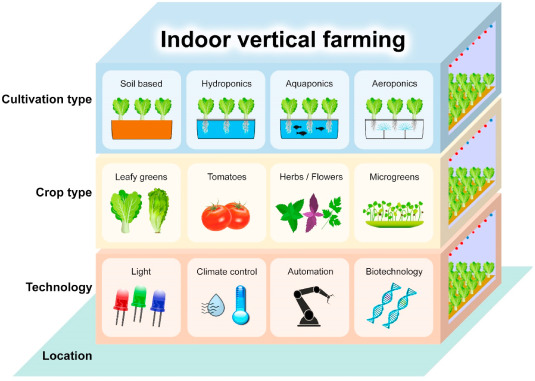 Given the current droughts and considering circular economy, thinking about greenhouses filling entire regions in Spain, I think we will need to invest into vertical farming. Given a “closed system” to improve the water usage. Reduce use of chemical fertilizers, herbicides and pesticides. Discussing with a startup recently, I was surprised on the efforts on seed sequence. Not for the plant or the soil, but to make sure the bees they use at all times find sufficient nectar.
Given the current droughts and considering circular economy, thinking about greenhouses filling entire regions in Spain, I think we will need to invest into vertical farming. Given a “closed system” to improve the water usage. Reduce use of chemical fertilizers, herbicides and pesticides. Discussing with a startup recently, I was surprised on the efforts on seed sequence. Not for the plant or the soil, but to make sure the bees they use at all times find sufficient nectar.
They are experimenting with water conservation and are able to provide a quality way better than “bio”. And it’s not just salad, but potatoes, tomatoes, cucumbers, broccoli, corn, you name it, they grow it. And they are testing apples, grapes, and other vegetables too. And they are using moving trays, from seedling at one end, to harvesting on the other.
The few remains they can’t reuse go into high quality compost for the plants that still require soil – there is no downcycling, it’s just that they use pure nutrients without soil wherever they can.
Desalination – Hydrogen – SynFuel … i.e. in the UAE
Last year, there was an article by the World Economic Forum about the UAE strategy on “extended” Hydrogen, reflecting about 1:1 on my, since 2008 frequently shared opinion that hydrogen is a natural successor to fossils in the expanded tropical belt. I strongly recommend reading!
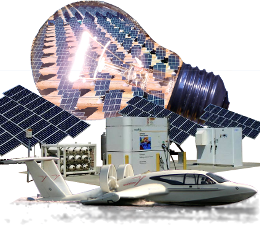 Given our work in 2008 on the hydrogen-powered WIG, a “wing-in-ground”, an “airplane” that uses the “ground-effect” for smaller wing-size and improved performance, we were told the idea would be perfect for the tropical belt. As those WIGs “fly” in five to ten meters above ground, water is perfect for them. But even more important, the use of seawater allows to develop a salination. The sweetwater can to a large extend be used for the population. Naturally, before desalination the seawater is being cleaned. Then the salt from the desalination process is used to increase the salination levels of more seawater. That salinated seawater is then used for the electrolysis.
Given our work in 2008 on the hydrogen-powered WIG, a “wing-in-ground”, an “airplane” that uses the “ground-effect” for smaller wing-size and improved performance, we were told the idea would be perfect for the tropical belt. As those WIGs “fly” in five to ten meters above ground, water is perfect for them. But even more important, the use of seawater allows to develop a salination. The sweetwater can to a large extend be used for the population. Naturally, before desalination the seawater is being cleaned. Then the salt from the desalination process is used to increase the salination levels of more seawater. That salinated seawater is then used for the electrolysis.
Operating in the “extended tropical belt” and seaside, the availability of wind and water for the “green” process is very safe.
Sure, this was a very steep learning curve. It triggered my understanding that carbon-neutral transport is not just imaginable. It’s feasible. And many of those ideas, applied to our ideas for Kolibri made and make it possible for me to develop a plan that makes it possible to use a body like Kolibri to make it fly carbon-neutral within 10 years (even less, given the right support). Saving a mere 2 Gigatons of CO2. Not by then, but by then every year!
The Four Columns for Happy Living
United Nations defined the four columns as the foundation for people to be happy as:
- Shelter
- Food
- Health and
- Safety
That naturally includes the families, something often ignored. Or is identified as “salaries”, hiding behind “politics” resulting often in the inability to secure the above columns. And did you know that those are a growing problem even in the so mighty “industrial world”?
Learning From the Military

Ndrec and I are both having a military background. While Ndrec was a career officer in the Albanian military, I grew up in a U.S. garrison town in Germany with their families.
In the military, while you are there, everything is taken care of. Aside a salary the soldiers can use for surplus luxuries.
Quite similar, in the last centuries, many companies developed housing and even just 35 years ago, I’ve stayed in an American Airlines-owned residence. All larger airports have own cantinas for the airport employees and “external” airport workers.
Precarious Working Conditions
Most companies pay a “competitive salary”, but increasingly, those competitive salaries do no longer cover the most basic needs of people. That is especially true for families with children. “In 2020, there were 96.5 million people in the EU at risk of poverty or social exclusion, representing 21.9% of the population.” [Source] But while EU highlights progress on SDG1 (no poverty), even for industrial leader Germany reports show a growing poverty with wealth increasingly piling up with the rich 10%, owning currently 56.1% of it, the top 1 % holding about 18% of all wealth, as much as 75% of the population owns. More than 60% “own” less than 5% of the wealth, while 20% are being in debt! And those numbers are growing.
Those numbers are looking even bleaker on a European level!
#Greenwashing and #Raisinpicking

While the SDG funding gap grows at an alarming speed, poverty rises at alarming levels in Europe, there is an entire industry of greenwashing impact investors out there, using raisin-picking creatively to greenwash their investments. But there are 17 SDGS. And the possibility to do aa life-cycle assessment.
And as referred to before, two simple question disqualifies many, if not most of those “impact investments”: What is the energy bill and where does the energy come from? Is carbon-certificate-trading used to paint the idea green? Investments needing carbon certificates to go green are unsustainable themselves, selling their indulgences by buying what good others do. If you buy into grid energy, use grid-energy shares. Only if you have your own plans for energy source (solar and wind parks, etc.) you can calculate.
Our growing energy demand causes directly rising CO2-levels. The graph is already a bit older, but the statistics are showing that the short improvements during the global pandemic have already recovered and the rising energy demand in Europe is in line with the CO2-rise.
And do you claim climate action but pay no attention to your staff (and their families) happiness in form of sustainable salaries? Delivery services claim their “riders” deliver “green” using bicycles. Whereas it is commonly known that those very riders usually work in precarious working conditions! Same for Uber and other “investors’ darlings”.
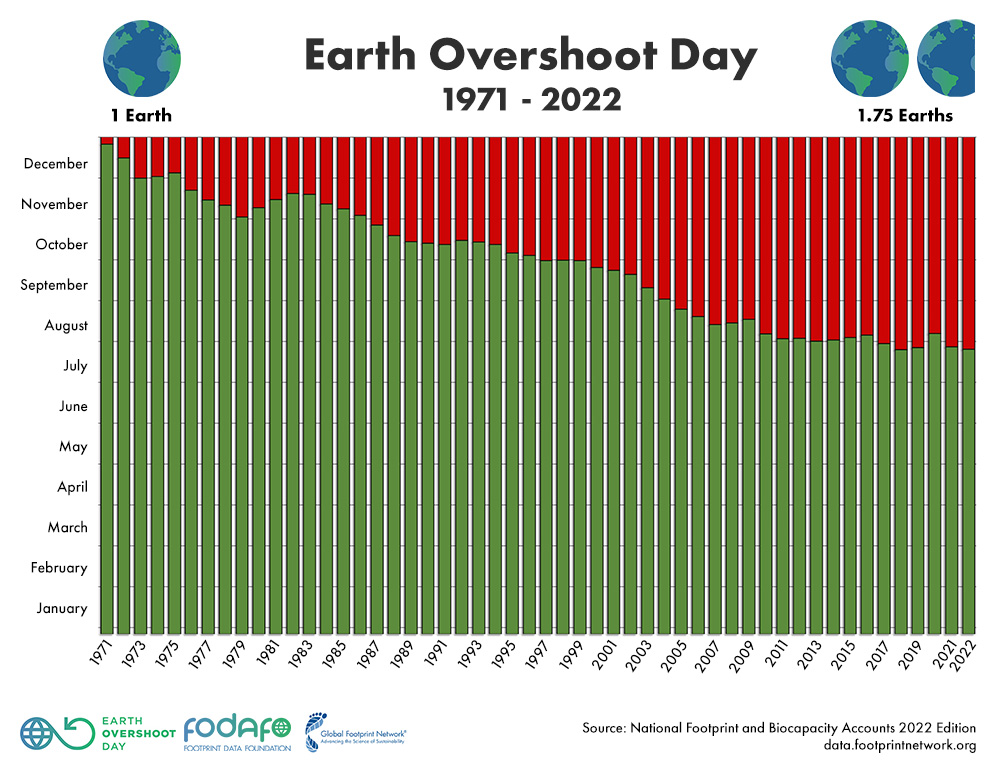 Earth Overshoot Day
Earth Overshoot Day
Did you know the Earth Overshoot Day after a very brief respite 2020 fell back again in 2021 and 2022? So what are your plans on using resources?
And did you know that “sand” is a resource in short supply? As is clean drinking water!
There is a frightening map on OvershootDay.org on the countries that use more resources than they have and there individual overshoot days. The U.S. overshot by March 13 already! Germany May 4th. All European countries overshoot in the first half year, so they use more than two Earths resources.
Timeline + Scale
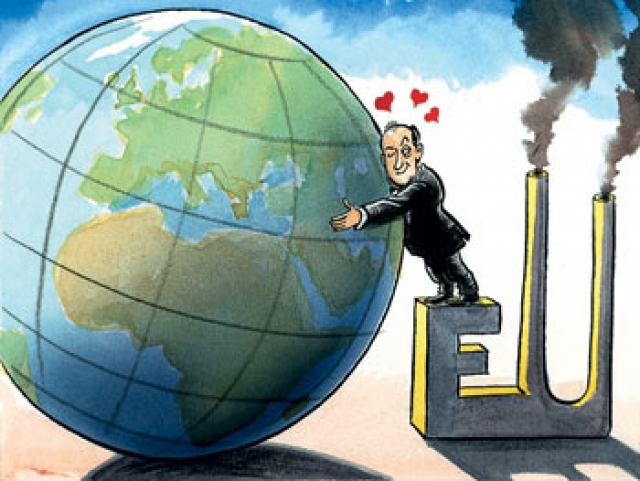 There are many investments into small-scale change, with a focus on two to three years. That by itself should be an issue of concern for any real impact investor. As for climate change and sustainability that can only be a start. What is the 10 year outlook? What impact will it make by 2050?
There are many investments into small-scale change, with a focus on two to three years. That by itself should be an issue of concern for any real impact investor. As for climate change and sustainability that can only be a start. What is the 10 year outlook? What impact will it make by 2050?
What is the impact on which SDGs? The United Nations Sustainable Development Goals! Precarious jobs are clearly a negative impact on the SDG1 and ripple also into the other SDGs. A negative energy balance naturally impacts climate. SDG7 and SDG13 are related, as are all the other SDGs!
Sustainability is a generation challenge! To turn around our abuse of global resources back to a sustainable level. Conserve energy. All that with as little impact as possible to the luxuries of the decision makers? Having grown up in the 70s, that was the time this all started. And my boss on the practical part of my economics studies questioned “price wars”. While there can always be someone cheaper, a good buyer considers the well-being of their supplier. And buying cheap from China comes with a price. His lessons resonate more than ever nowadays!
A Holistic Approach to the SDGS
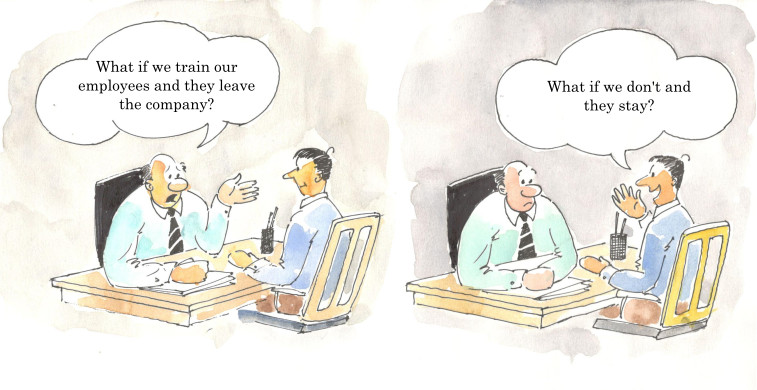 One of the main concerns we are faced with at Kolibri is our approach to sustainability. First of all, why would an airline turn sustainable, it’s heresy, ain’t it? And why would we pay salaries above country average? Maybe, because they are sustainable and secure the people’s motivation and loyalty?
One of the main concerns we are faced with at Kolibri is our approach to sustainability. First of all, why would an airline turn sustainable, it’s heresy, ain’t it? And why would we pay salaries above country average? Maybe, because they are sustainable and secure the people’s motivation and loyalty?
What about our plans for training, kitchens, real estate, residence parks, solar parks, transport? Can’t you shelve those (in the trash)? But we believe that if we right those wrongs, we will have a motivated and loyal work force. And ain’t that funny? All those “investments” are to be profitable too. As that is what we consider real impact investing. Do the right thing. With the right profit. As such, they are part of our 10 year strategy.
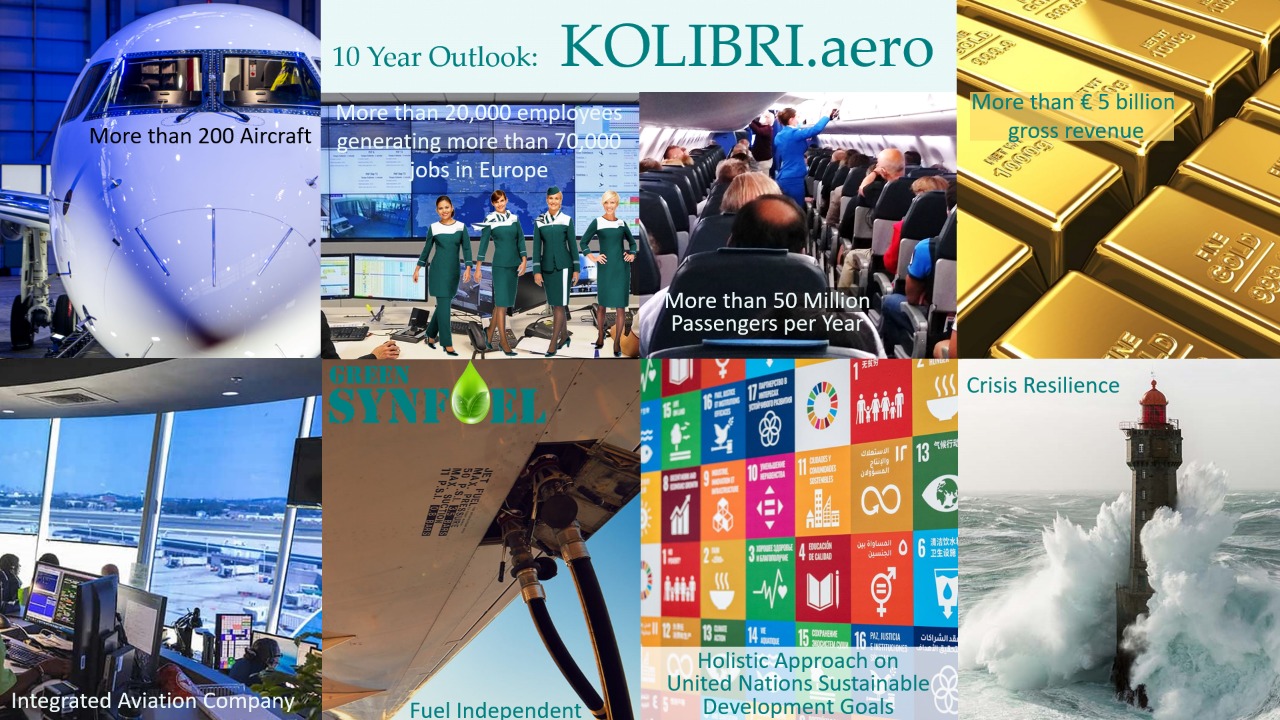
So after 10 years, we don’t only save more than two gigatons CO2, per year that is by then, we will not just be a sustainability lighthouse, we will be not just profitable, but also disruptive. But only, if we get to #walkthetalk. Which means that we do find a real impact investor.
Food for Thought
Comments welcome!

